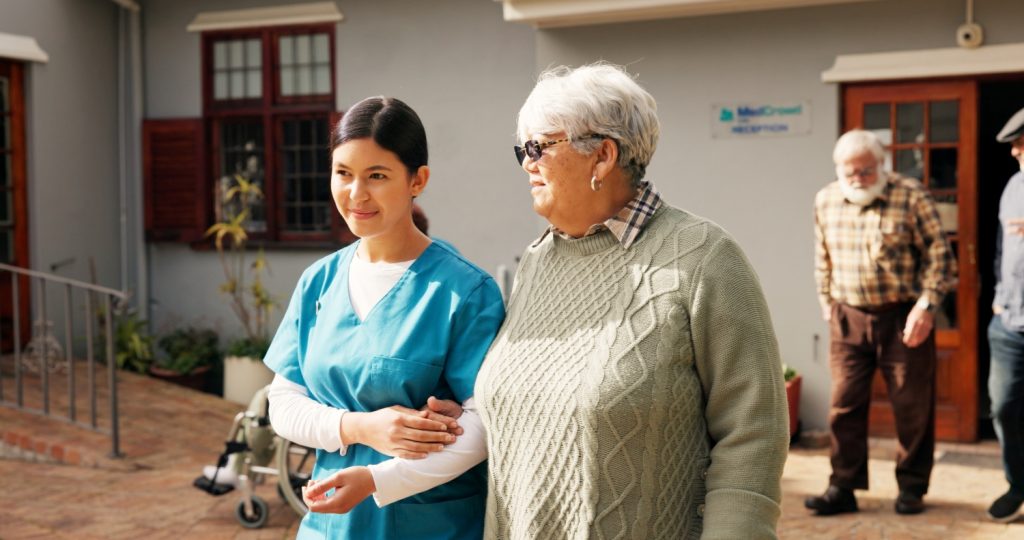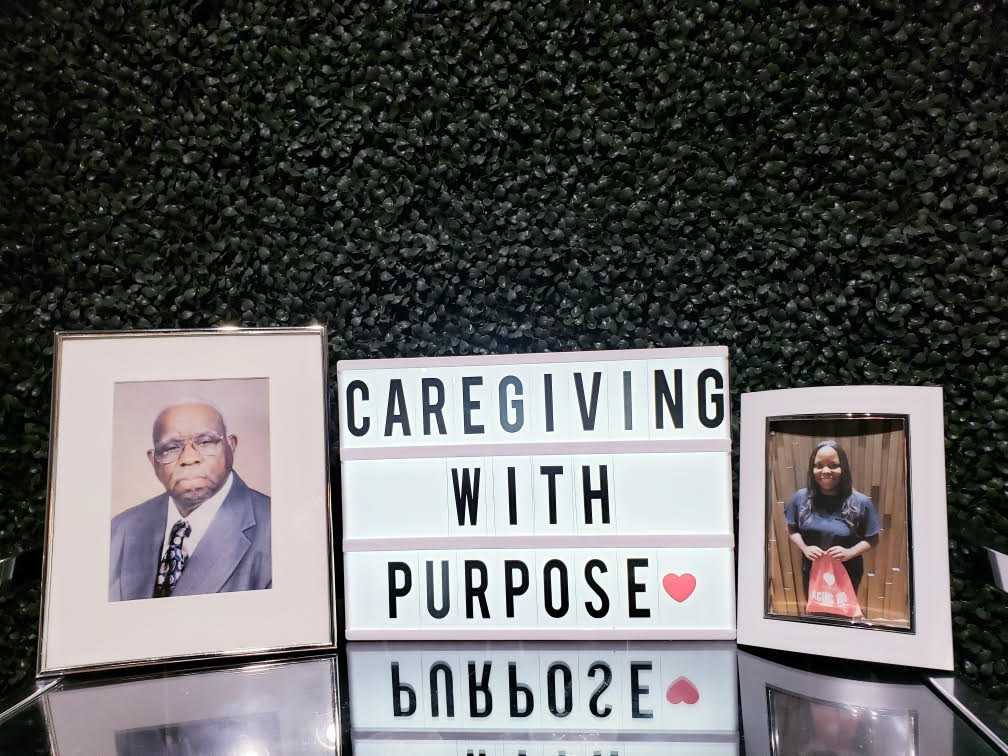I grew up understanding the incredible possibilities and hidden dangers of the internet before I learned to ride a bike without training wheels.
I understood the internet was a fun place to watch my favorite videos or play games, but at the same time I realized its risks. From my parents instilling these values in me, to the sessions we had in school on how we shouldn’t engage with strangers online, these lessons have followed me from childhood to adolescence, and they continue to shape my perspective today.
How it Started
Last year, while my father was driving me to a class, he got a call informing him that my grandfather had nearly fallen victim to a phishing scam that could have led to a severe loss of financial security and personal information.
Later, I had a chance to review the phishing message. To me, it was blatantly obvious it was a scam—from the misspelled words to the random phone number. It was hard for me to understand how my grandfather didn’t share the same recognition.
That’s when it hit me.
My generation grew up with technology and learned about cybersecurity and how to stay safe online. My grandfather, on the other hand, lacked the same resources and education. It was just a fact: he had never been taught how to recognize scams.
Something had to change, and it had to change fast.
The Process
I decided to research cybercrime, specifically for older adults, and found some shocking news. According to the FBI, Cybercrime has cost older adults more than $3.4 billion dollars in damages, and out of all demographics, they continue to pay the heaviest price from online crime. On average, victims in this age group lost approximately $33,915 per person. Additionally, a study by NORC found that 63% of adults aged 50 and older in the U.S. have experienced at least one form of cyber abuse in their lifetime.
I now knew there was a real-world problem to solve.
‘What sets Shield Seniors apart is its focus on simplicity and accessibility.’
After spending hours researching cyberfraud and cybersecurity, watching countless online tutorials on AI, machine learning and Python, and going through numerous iterations of code, I finally created a solution to this problem: Shield Seniors.
Shield Seniors
Started in 2024, Shield Seniors is an AI-powered application designed specifically for older adults to enhance digital literacy and promote digital independence with dignity. It offers real-time assistance in verifying suspicious texts and emails, along with resources to help bridge the knowledge gap, reducing vulnerability to scams.
The app combines four key features focused on educating, assisting, and protecting its users:
- Learn: This section offers simplified cybersecurity information, breaking down complex terms into easy-to-understand language for better clarity.
- Ask: A virtual assistant that provides clear, concise answers in language that’s easy for older adults to understand, ensuring they get the help they need without feeling overwhelmed.
- Analyze: Users can upload emails and messages, and the app will analyze them for potential fraud. It will provide feedback on the legitimacy of the content and educate users on how to identify signs of other common scams.
- Report: A comprehensive list of resources on where they can report fraud.
Since its launch, this app has gained much attention from various experts and organizations, such as the AARP’s AgeTech Collaborative, the Dallas Observer, Techstination, and What’s Next: Living Longer, Better, and Smarter.
What sets Shield Seniors apart is its focus on simplicity and accessibility. It offers older adult-friendly features like larger text, clearer visuals, and actionable advice without overwhelming users with technical jargon.
Challenges and Improvements
Despite its eventual success, I encountered numerous challenges during the development process, particularly with the app’s accessibility for older adults. User testing revealed that many elders struggled with lengthy content and complex designs. As a result, I prioritized simplifying the app’s interface and making it more user-friendly for older adults.
We initially considered using OpenAI’s models, including ChatGPT, for the AI-powered Ask and Analyze sections, but I quickly realized that these models come with a high cost. As a result, we switched to using open-source models, which, while more cost-effective, have limitations on user capacity.
Looking Ahead: Future Plans for Shield Seniors
In the future, I aim to transform Shield Seniors into a mobile app available on Apple and Android app stores. I plan to enhance the app’s functionality by incorporating voice recognition features, making it even more accessible. Additionally, I’m exploring partnerships with community organizations and senior living centers to broaden the app’s reach and impact.
Shield Seniors began as a way to help my grandfather, but it has evolved into something much larger. I look forward to a world where older generations are better educated about cybercrime and take a more cautious approach to navigating the internet.
With the right cybersecurity “training wheels,” older adults will be able to navigate the digital world with confidence, free from fear.
Tejasvi Manoj is a junior at Lebanon Trail High School in Frisco, Texas, who has a passion for Cybersecurity, AI and technology.
Photo credit: Shutterstock/richardjohnson













